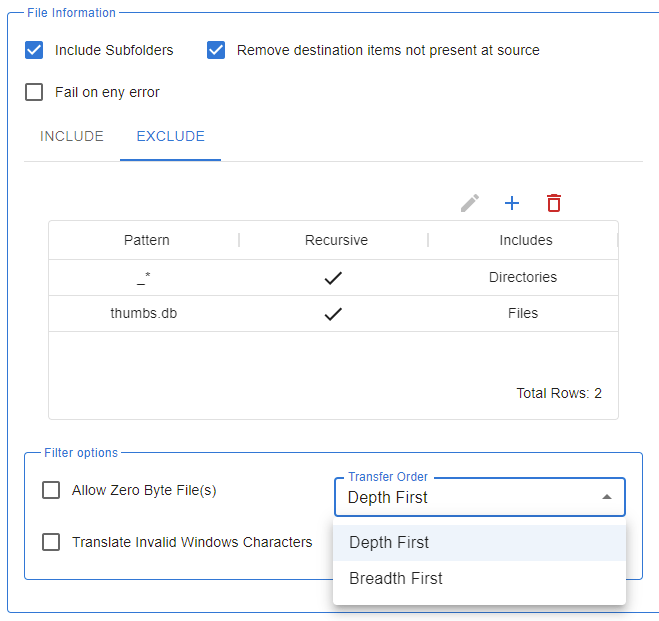Here at Coviant Software, we help hundreds of customers automate and secure their file transfers. In the process, we learn a lot about how organizations trade files with business partners, suppliers, customers, clients, and the like. Recently, we have noticed a trend which we find interesting: the use of AWS S3 rather than traditional SFTP or FTP servers, to exchange files.
 The advent of Amazon S3 almost 15 years ago created an opportunity for many companies to reduce their operational costs while better managing their data risks through region-based redundancy and cross-region replication. More recently, we see companies using Amazon S3 as a staging area for data ingestion into Snowflake or Redshift for companies’ data warehouses. These data warehouse web services have excellent tools for obtaining files form S3 storage and loading that data into the data warehouse. The only question for customers is how to get their data from their on-premises systems into S3 so that it can continue its journey from S3 into Snowflake or Redshift (spoiler alert: Diplomat MFT can help!).
The advent of Amazon S3 almost 15 years ago created an opportunity for many companies to reduce their operational costs while better managing their data risks through region-based redundancy and cross-region replication. More recently, we see companies using Amazon S3 as a staging area for data ingestion into Snowflake or Redshift for companies’ data warehouses. These data warehouse web services have excellent tools for obtaining files form S3 storage and loading that data into the data warehouse. The only question for customers is how to get their data from their on-premises systems into S3 so that it can continue its journey from S3 into Snowflake or Redshift (spoiler alert: Diplomat MFT can help!).
Automating S3 File Exchanges
Getting files into S3 buckets is a task that most modern IT teams need to handle. On the surface, this is not a terribly challenging task, since AWS S3 provides both a web-based interface and a command line interface (CLI) to upload files into a bucket. In both cases, though, it is up to a human to perform these actions. Manual processes are slow and error prone, and we all know that automation is the key to operational efficiency. Yet operational efficiencies diminish quickly when IT teams are forced to automate the CLI, or build tools with the AWS SDK. Building out the logic, testing, and triaging the inevitable errors is a time sink. And constant maintenance to handle the departmental requests that mean refactoring or adding to the automation script means less time spent on other, more productive activities. And I have yet to meet anyone who likes answering the business unit question, “Where are my files?”
Why even waste time with scripts or manual processes?
Diplomat MFT to the Rescue
Diplomat MFT handles all of this for you. With over 15 years of experience in automating file transfers, Diplomat MFT handles all those tricky cases for you: Powerful scheduling. Flexible file name matching. Renaming files that are transferred. Automatic partitioning of super large S3 file uploads. Full auditing and reporting of file transfer activities. ZIP or UNZIP files upon transfer. Baked-in OpenPGP encryption. Notifications for file transfers–failed or successful–over e-mail, Slack, or MS Teams. And so much more.
Our simple and intuitive user interface is focused on the clear and concise configuration of a file transfer workflow, without unnecessary UI eye-candy or unimportant configuration options. Our cross-platform solution allows IT admins to effortlessly configure their file transfer workflows to and from AWS S3 buckets… and to many other cloud storage providers and network protocols, too!
Are you responsible for file transfers with AWS S3 buckets, SFTP servers, or any other file transfer protocols? Take a look at Diplomat MFT to see how you can simplify and secure those processes.




